Pansies vs. Violas: Understanding the Colorful Differences
Discover the charming distinctions between these beloved cool-season blooms for your garden
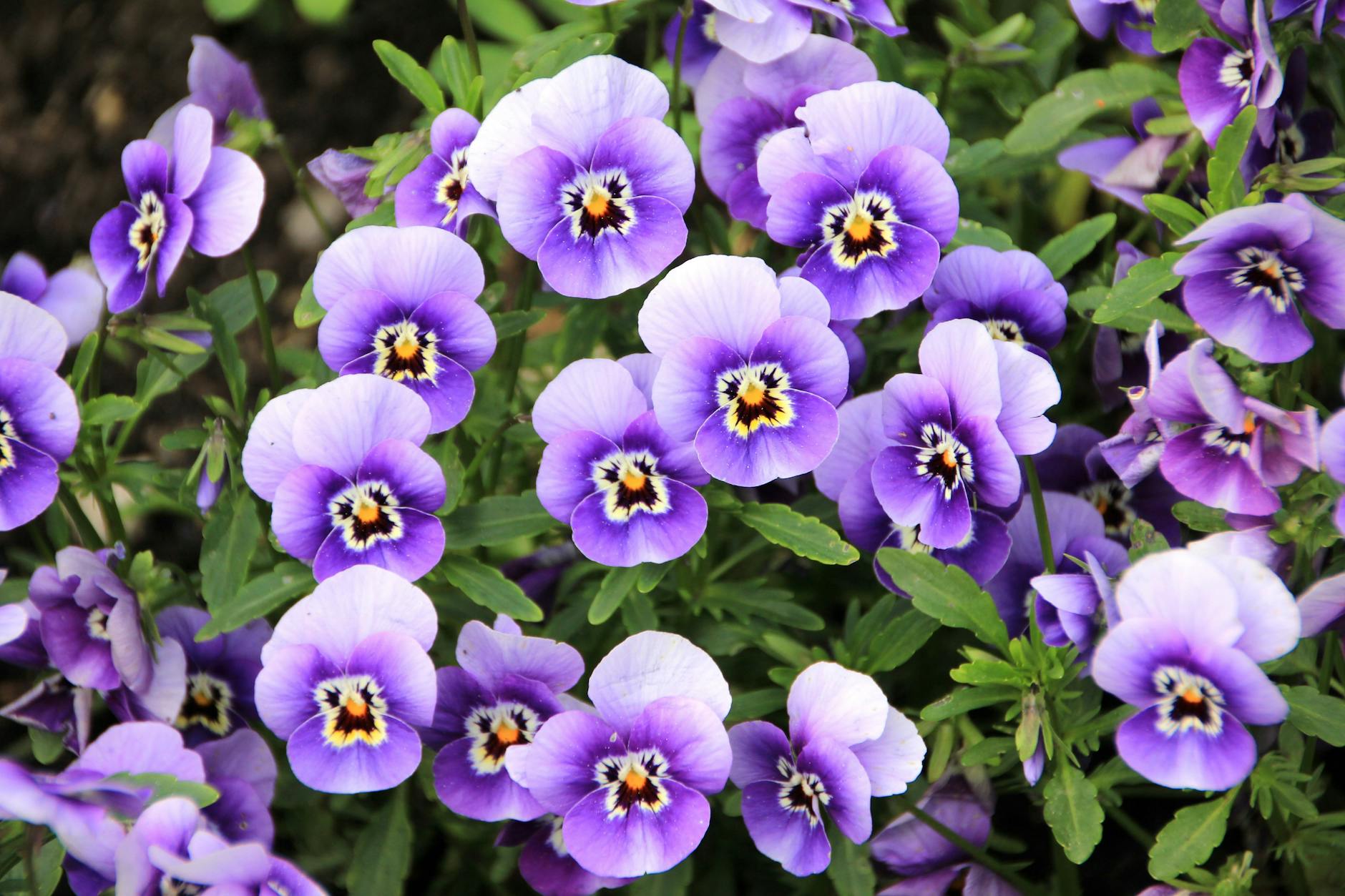
The Cheerful World of Pansies and Violas
As summer flowers fade and garden beds begin to look a bit sparse, the garden center offers a welcome solution: the cheerful faces of pansies and violas. These colorful cool-season bloomers bring vibrant life to fall gardens and containers, continuing their display through winter in milder climates and heralding spring’s arrival in colder regions. But despite their popularity, confusion often surrounds these closely related flowers. What exactly distinguishes a pansy from a viola, and which one might be better suited for your garden?
Both pansies and violas offer gardeners remarkable versatility, thriving in containers, borders, and beds. Their tolerance for cooler temperatures makes them perfect candidates for extending the beauty of your garden beyond the traditional growing season. And as an added bonus, these aren’t just pretty faces—both flowers are edible, adding a decorative and tasty touch to salads, desserts, and beverages.
Let’s embark on a journey to understand these botanical cousins, exploring their differences, similarities, and how to make the most of their charming blooms in your garden landscape.
The Family Connection: Understanding Viola Taxonomy
The relationship between pansies and violas can seem confusing at first glance. While they appear distinct in gardens and nurseries, taxonomically speaking, they’re close relatives. Both belong to the genus Viola, making them botanical cousins. In fact, all pansies are technically violas, but not all violas are pansies.
The common garden pansy (Viola × wittrockiana) evolved from the wild viola through careful breeding and selection. Over generations, horticulturists developed the larger-flowered varieties we now know as pansies, while the smaller-flowered types retained the common name “viola” (often Viola cornuta and its hybrids).
This shared lineage explains their similar growing requirements and appearances, despite the noticeable differences in flower size and growth habit. Understanding this relationship helps clarify why these plants share so many characteristics while maintaining their distinct garden identities.
Telling Them Apart: Key Differences Between Pansies and Violas
Petal Arrangement
The most reliable way to distinguish between pansies and violas is by examining the orientation of their petals. Both flowers have five petals, but they’re arranged differently:
- Pansies: Four petals point upward, while one petal points downward
- Violas: Two petals point upward, and three petals point downward
This distinctive arrangement gives each flower its characteristic “face” and is consistent across varieties, making it the most dependable identification method.
Flower Size and Abundance
Beyond petal arrangement, several other visual differences help distinguish these flowers:
- Pansies produce significantly larger blooms—often the size of a quarter or larger—but typically bear fewer flowers per plant
- Violas feature smaller flowers—approximately the size of a nickel—but compensate with a greater abundance of blooms per plant
This size difference affects their visual impact in the garden. Pansies make bolder statements with their larger, more prominent faces, while violas create a denser carpet of smaller blooms that can be equally impressive en masse.
Plant Structure and Growth Habits
The plants themselves also differ in structure and growing habits:
- Pansies generally grow taller with a more upright habit, reaching 6-9 inches in height
- Violas tend to spread more horizontally, creating a denser ground cover effect while staying slightly shorter
These growth differences make each suitable for different garden applications. Pansies often work well as focal points in containers or front-of-border plantings, while violas excel as ground covers or edging plants where their spreading habit creates a carpet of color.
Color Range and Patterns
Both plants offer impressive color diversity, but there are subtle differences in their palettes:
- Pansies come in a broader range of colors and patterns, including striking bi-colors and tri-colors with distinctive “faces” created by darker centers
- Violas typically feature more uniform coloration, though many varieties do display charming whisker-like markings or gentle color gradients
This variety gives gardeners tremendous creative flexibility, whether creating monochromatic displays or vibrant multi-colored combinations that celebrate the full spectrum of these flowers’ palette.
Seasonal Performance: Which Handles Weather Better?
While both plants thrive in cool weather, they handle temperature extremes differently:
Cold Tolerance
Violas generally demonstrate superior cold hardiness compared to pansies. When temperatures drop, violas typically withstand frost better and bounce back more quickly once conditions improve. This resilience makes them especially valuable for fall planting in regions with unpredictable winter conditions, as they’re more likely to survive temperature fluctuations.
Pansies can certainly withstand cold weather too, but their larger blooms may show more damage after a hard frost. In zones where winter temperatures regularly dip below 25°F (-4°C), both may die back but can sometimes return in spring if their roots survive.
Heat Tolerance
Similarly, violas typically demonstrate better heat tolerance than pansies when temperatures begin climbing in late spring. While neither plant thrives in summer heat, violas often continue flowering a bit longer as temperatures rise and may even persist through milder summers in cooler climates.
Pansies tend to decline more quickly when temperatures consistently exceed 70°F (21°C), with flowering diminishing and plants becoming leggy. This temperature sensitivity explains why both are primarily considered cool-season annuals in most growing zones.
Growing Requirements: Setting Up for Success
Both pansies and violas share similar growing requirements, making them easy companions in the garden:
Sunlight Needs
During cool seasons (fall and spring), both plants perform best in full sun positions. As temperatures warm, they benefit from afternoon shade, which helps extend their flowering period. In very mild winter regions, partial shade may be beneficial year-round to prevent heat stress.
Soil and Watering
Well-draining soil rich in organic matter provides the ideal growing environment for both pansies and violas. They prefer consistent moisture but will rot if left in waterlogged conditions. A general recommendation is to water when the top inch of soil feels dry to the touch, being careful not to overwater during cooler periods when evaporation rates are lower.
Fertilizing for Continuous Blooms
Regular feeding encourages continuous flowering. A balanced, water-soluble fertilizer applied every 2-3 weeks at half-strength works well for both plant types. Alternatively, incorporating a slow-release fertilizer at planting time can provide season-long nutrition with less maintenance.
Deadheading and Maintenance
Removing spent blooms (deadheading) encourages both pansies and violas to produce new flowers. This simple maintenance task significantly extends the blooming period and keeps plants looking tidy. Additionally, trimming back leggy growth can rejuvenate plants and promote a more compact habit.
Seasonal Planting Guide: When to Add These Beauties to Your Garden
Fall Planting
Early to mid-fall represents the ideal planting time for both pansies and violas in most regions. Establishing plants while soil temperatures remain warm allows root development before winter arrives. In milder climates (USDA zones 7-9), these fall plantings often flower continuously through winter, reaching peak performance in early spring.
In colder regions (zones 4-6), fall plantings may die back during winter but can sometimes return in spring, especially if protected by snow cover or mulch. Even if they don’t survive, the fall color they provide makes them worthwhile seasonal additions.
Spring Planting
In regions with harsh winters, spring planting represents the more reliable approach. Setting out plants as soon as soil can be worked provides the longest possible flowering period before summer heat arrives. Spring-planted pansies and violas typically bloom abundantly until temperatures consistently exceed their comfort range.
For extended performance, select planting locations that receive morning sun but afternoon shade, particularly in warmer climate zones.
Creative Uses: Beyond Basic Bedding
Both pansies and violas offer tremendous versatility in the garden landscape:
Container Combinations
Their compact growth habit makes both flowers excellent candidates for containers. Pansies make striking focal points in pots, while violas create charming spillers when placed near container edges. Both combine beautifully with other cool-season plants like ornamental kale, dusty miller, and spring bulbs for dynamic seasonal displays.
Edible Landscaping
One of the most delightful aspects of both pansies and violas is their edibility. The flowers possess a mild, slightly sweet flavor with notes that vary from minty to wintergreen depending on variety. Their culinary uses include:
- Garnishing salads and desserts
- Freezing in ice cubes for decorative beverages
- Crystallizing with sugar for cake decorations
- Adding fresh to fruit salads for color and subtle flavor
When using these flowers culinarily, ensure they’re grown without chemical pesticides and thoroughly rinsed before consumption.
Companion Planting
Both flowers make excellent companions for spring-flowering bulbs, emerging as bulb foliage dies back and helping to mask the sometimes unsightly yellowing leaves. They also pair beautifully with cool-season vegetables like lettuce, kale, and Swiss chard in edible landscapes that combine beauty and functionality.
Making Your Choice: Pansy, Viola, or Both?
With their distinctive characteristics in mind, which flower best suits your garden needs? Consider these factors when deciding:
Choose Pansies When:
- You want maximum visual impact with larger blooms
- You’re seeking the widest range of color options and patterns
- You’re creating formal container displays where individual blooms stand out
- You want flowers that stand taller and create more vertical interest
Choose Violas When:
- You need greater weather resilience for temperature extremes
- You want more abundant flowering with a carpeting effect
- You’re planting in windy locations where smaller flowers resist damage better
- You prefer a more informal, meadow-like appearance
Of course, there’s no reason not to grow both! Many gardeners find that a combination offers the best of both worlds—the eye-catching impact of pansies complemented by the prolific flowering of violas. Planted together, they create gardens that balance bold statement blooms with delicate, abundant color.
Frequently Asked Questions
Can pansies and violas come back year after year?
While typically grown as annuals, both pansies and violas can be short-lived perennials in mild climates (USDA zones 7-9). In colder regions, they’re treated as annuals or biennials. Some varieties may self-seed and return the following year if conditions are favorable.
Are all pansy and viola flowers edible?
Yes, all true pansies and violas produce edible flowers, provided they haven’t been treated with chemicals unsafe for consumption. Always ensure flowers intended for eating come from plants grown without synthetic pesticides and thoroughly wash before use.
When should I deadhead pansies and violas?
Remove spent blooms as soon as they begin to fade, typically every 3-7 days during active growth periods. Regular deadheading promotes continuous flowering and prevents plants from diverting energy to seed production.
Why are my pansies or violas getting leggy?
Legginess typically results from insufficient light or temperatures that are too warm. Move containers to sunnier locations if possible, and trim back leggy growth to encourage more compact development. In very hot weather, both plants naturally become leggy as they decline.
Can pansies and violas grow in shade?
Both plants perform best with at least 4-6 hours of sunlight daily. In cool weather, full sun is ideal. In warmer conditions, morning sun with afternoon shade represents the optimal arrangement. Deep shade results in fewer flowers and leggier growth.
Whether you choose pansies, violas, or a combination of both, these cheerful flowers offer remarkable garden performance during seasons when many other blooms have faded. Their colorful faces bring warmth and charm to cool-season gardens, proving that beautiful landscapes aren’t limited to the traditional growing season. With proper care and placement, these versatile bloomers reward gardeners with months of delightful color and, if desired, edible garnishes that make them truly garden multitaskers.
References
- https://completelandscapingservice.com/blog/difference-between-pansies-violas/
- https://www.gardenista.com/posts/pansies-vs-violas-tell-apart/
- https://www.johnson.k-state.edu/programs/lawn-garden/agent-articles-fact-sheets-and-more/agent-articles/annual-and-perennial-flowers/pansies-and-violas-what-is-the-difference.html
- https://thegardensofsenc.com/news/f/pansy-vs-viola-whats-the-difference
- https://patuxentnursery.com/blog/what-is-the-difference-between-pansies-violas-and-panolas/
Read full bio of medha deb



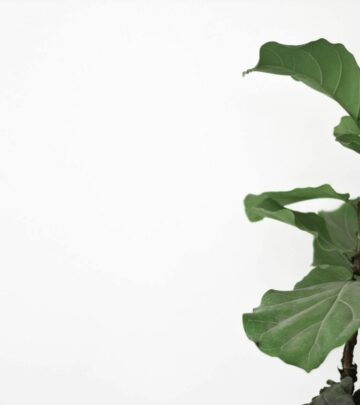


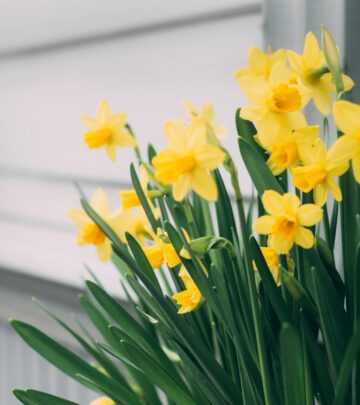

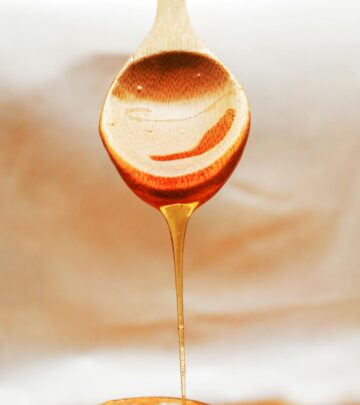

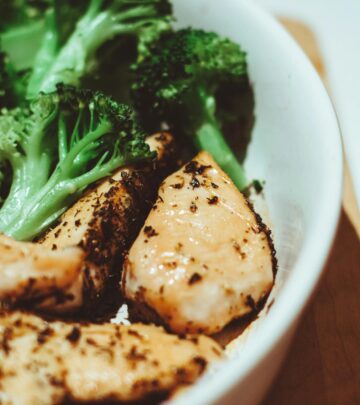

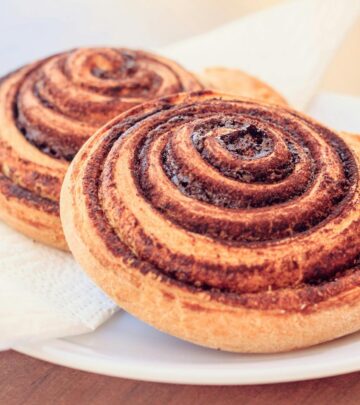

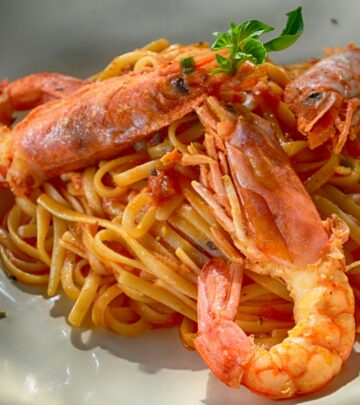


Community Experiences
Join the conversation and become a part of our empowering community! Share your stories, experiences, and insights to connect with other beauty, lifestyle, and health enthusiasts.